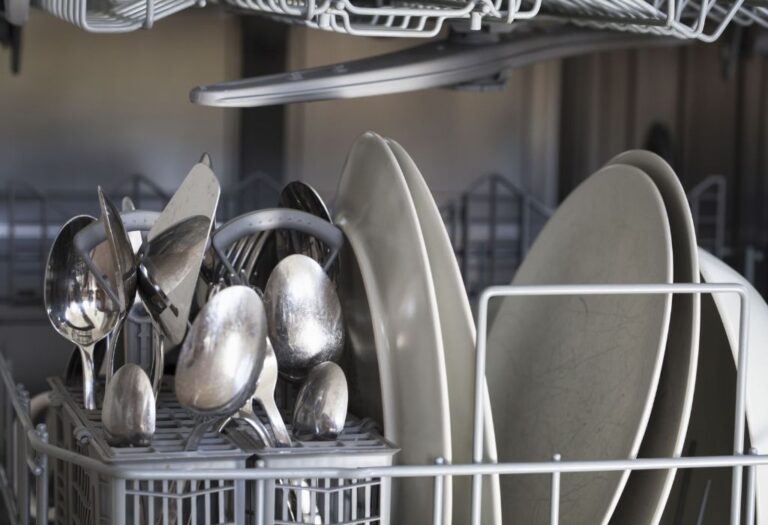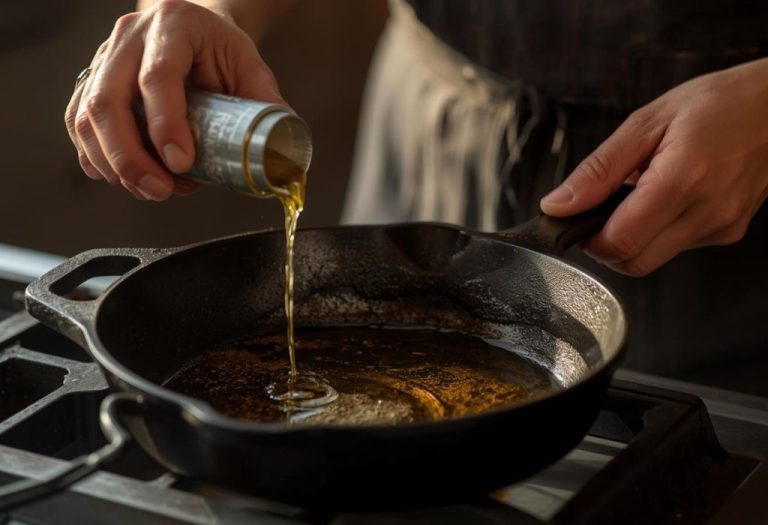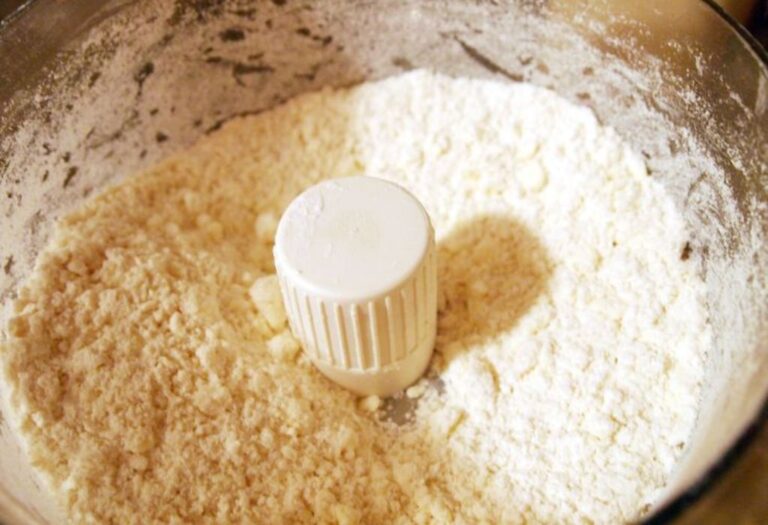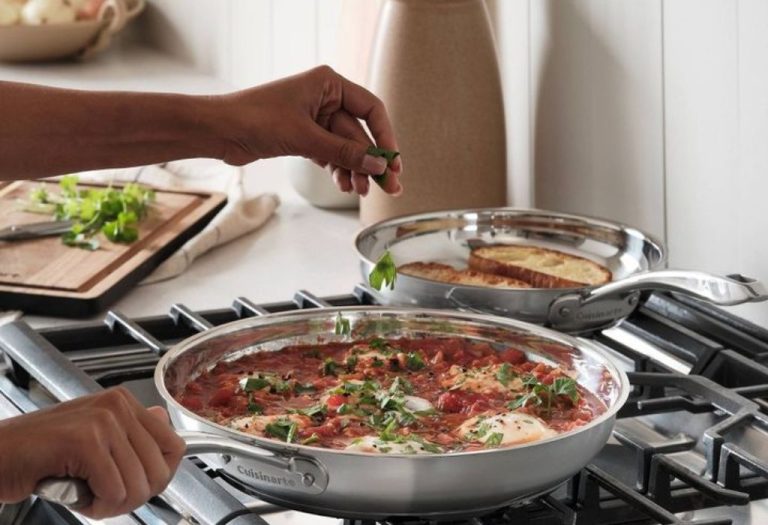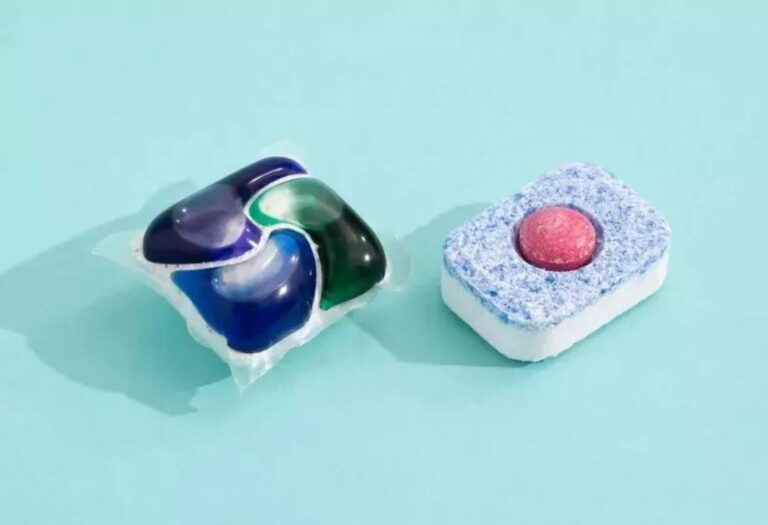A warm pot of soup simmered on the stove, filling the kitchen with a rich aroma. It looked perfect, but within hours, three family members were sick — all because the chicken hadn’t reached a safe temperature.
This isn’t rare. The World Health Organization estimates that 1 in 10 people worldwide fall ill from contaminated food each year, with over 420,000 deaths linked to foodborne diseases. The causes are often simple mistakes: unwashed hands, cross-contaminated cutting boards, or leftovers stored too long.
Food safety in the kitchen is not just a skill — it’s a responsibility. Whether you’re cooking for yourself, your family, or guests, following a few simple rules can prevent illness, save money, and make meals truly safe to enjoy.
In this guide, you’ll learn the essential habits and expert tips that keep kitchens healthy, fresh, and free from hidden dangers.
Why Food Safety in the Kitchen Matters
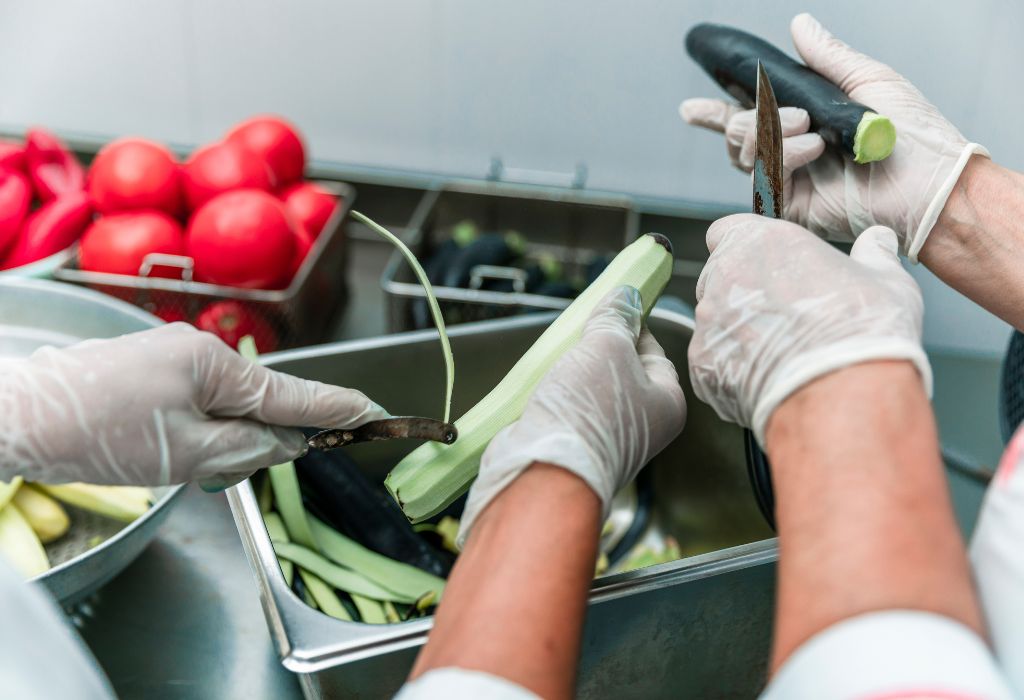
Every meal carries a responsibility — not just to taste good, but to be safe. Foodborne illnesses can strike without warning, often from small mistakes in the kitchen.
According to the CDC, an estimated 48 million Americans get sick from foodborne illnesses each year. Of these, about 128,000 are hospitalized and 3,000 die.
Bacteria like Salmonella, E. coli, and Listeria can grow in everyday foods if handled carelessly. These pathogens are invisible and often odorless, making prevention the only real defense.
Good food safety in the kitchen isn’t just about avoiding illness. It also reduces food waste, saves money, and protects the trust people place in the meals you serve.
Core Rules for Food Safety in the Kitchen
Following a few consistent rules can dramatically lower the risk of contamination. These are the habits every home cook should master.
Wash Hands the Right Way
Hands are the number one way germs travel in the kitchen. Washing them properly is a simple yet powerful defense.
Use warm water and soap, scrubbing for at least 20 seconds. Do this before and after handling food, after touching raw meat, or after any activity like using the phone or touching pets.
Hand sanitizers can help but should never replace proper washing, especially when hands are visibly dirty.
Is hot water necessary?
Warm water is enough; it helps soap lather better.
Can gloves replace handwashing?
No, gloves can still spread germs if misused.
How often should I wash when cooking multiple dishes?
Wash between handling different ingredients to avoid cross-contamination.
Keep Surfaces and Utensils Clean
Bacteria can live on countertops, utensils, and sponges for hours — sometimes days.
Clean surfaces with hot, soapy water, then sanitize using diluted bleach or an approved kitchen sanitizer. Pay special attention to cutting boards, knife blades, and sink areas.
Replace dishcloths and sponges often, ideally every 1–2 days, since damp fabrics are a breeding ground for germs.
Can vinegar replace bleach for sanitizing?
Vinegar cleans well but doesn’t kill all harmful bacteria.
How often to change dishcloths?
Every 24–48 hours, or immediately if they smell or are stained.
Do wooden utensils hold bacteria?
If cleaned and dried properly, wood is safe to use.
Avoid Cross-Contamination
Cross-contamination is one of the leading causes of foodborne illness. It happens when harmful bacteria transfer from one food to another.
Use separate cutting boards for raw meat, seafood, produce, and cooked food. If that’s not possible, wash thoroughly with hot, soapy water between uses.
Store raw meat on the bottom shelf of the fridge to prevent juices from dripping onto ready-to-eat foods.
Is cross-contamination only from meat?
No, it can also happen with unwashed produce.
Can I reuse marinades?
Only if boiled first to kill bacteria.
Do I need to wash produce peel before cutting?
Yes, to avoid dragging dirt or germs inside.
Cook Foods to Safe Temperatures
Cooking kills harmful bacteria, but only if the right internal temperature is reached.
Use a food thermometer to check doneness — guessing based on color can be misleading. The USDA recommends 165°F (74°C) for poultry, 145°F (63°C) for whole cuts of beef, pork, and fish, and 160°F (71°C) for ground meats.
Reheat leftovers to at least 165°F (74°C) to ensure safety.
Is pink chicken always unsafe?
Yes, it may indicate undercooking.
Can I rely on smell to check doneness?
No, some bacteria have no odor.
Do leftovers need reheating to specific temps?
Yes, 165°F for full safety.
Store Food Properly
Refrigeration slows bacterial growth but doesn’t stop it completely.
Keep your fridge at 40°F (4°C) or below and your freezer at 0°F (-18°C). Store leftovers within 2 hours of cooking, or within 1 hour if room temperature is above 90°F (32°C).
Label and date leftovers, and use the FIFO method — First In, First Out — to ensure older items are used before newer ones.
Can hot food go directly into the fridge?
Yes, but divide into shallow containers for faster cooling.
How long can eggs be stored?
About 3–5 weeks in the refrigerator.
Is freezing meat multiple times safe?
It’s safe if thawed in the fridge, but quality may suffer.
Handle Perishable Foods with Care
Perishable foods like dairy, meat, and seafood need extra caution.
When shopping, pick these items last and use insulated bags for transport. In hot weather, limit trips to under 2 hours from store to fridge.
How long can milk stay out?
No more than 2 hours; 1 hour if over 90°F.
Do all fruits need refrigeration?
No, but berries, grapes, and cut fruit should be chilled.
Is thawing meat on the counter safe?
No, thaw in the fridge or microwave.
Be Mindful of Food Expiry Dates
Expired foods can carry higher risks of bacterial growth.
Understand the difference between “Best Before” (quality) and “Use By” (safety). Always check for spoilage signs — unusual smell, texture, or mold — regardless of the printed date.
Can canned food go bad before expiry?
Yes, if stored improperly or damaged.
Are expiration dates legally required?
Only for certain perishable foods in many countries.
Should spices be replaced regularly?
Every 1–3 years for best flavor.
Advanced Food Safety Practices for Every Kitchen
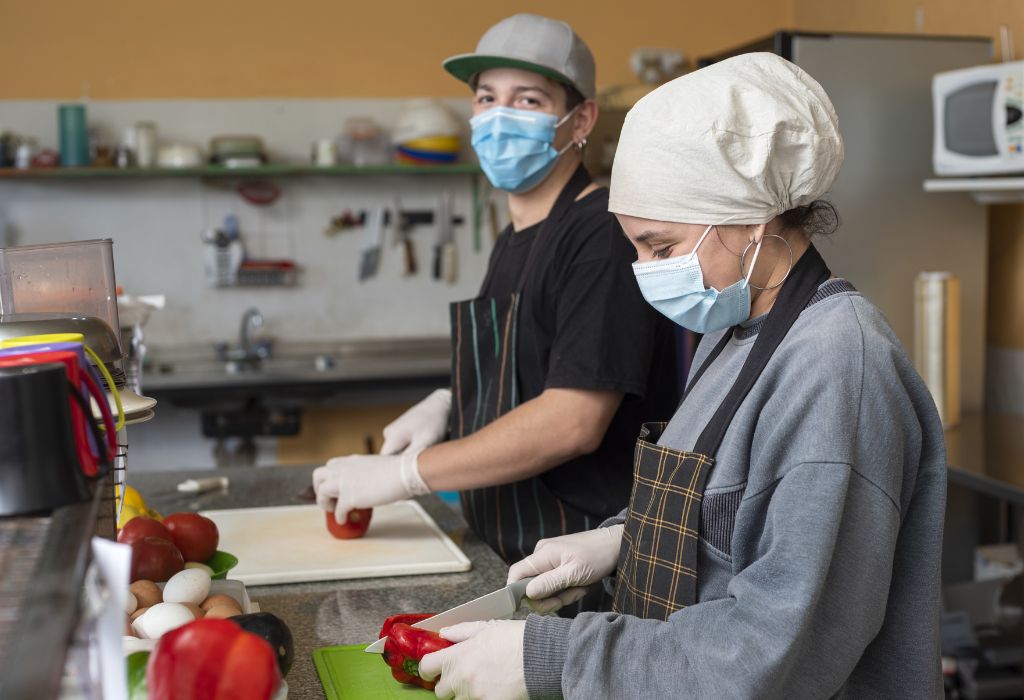
Use Safe Water and Ice
Contaminated water can introduce bacteria into food and drinks.
Use filtered or boiled water for cooking and ensure ice trays and dispensers are clean.
Can ice carry bacteria?
Yes, if made from unsafe water or stored in dirty trays.
Do I need filtered water for pasta?
Not always, but it can improve taste and safety.
Keep Pets Out of the Kitchen While Cooking
Pets can carry bacteria and shed hair into food preparation areas.
Establish boundaries during cooking times to maintain hygiene.
Is it safe to let a cat on the counter?
No, paws can carry bacteria like Salmonella.
Do pets spread foodborne illness?
Yes, through fur, saliva, and contact with raw food.
Manage Leftovers Wisely
Cool food quickly before storing, and avoid reheating multiple times.
Label containers with dates and consume most leftovers within 3–4 days.
How long do leftovers last?
3–4 days in the fridge.
Can leftovers be reheated more than once?
Best to reheat only once for safety.
Recognize and Prevent Foodborne Illness
Symptoms include nausea, vomiting, diarrhea, and stomach cramps.
Seek medical help for severe symptoms, especially in children, elderly, or immunocompromised individuals.
Are mild cases dangerous?
Yes, they can lead to dehydration.
Can children recover faster?
Not always; they may require more care.
Food Safety Checklist for the Kitchen
Daily: Wash hands, sanitize surfaces, refrigerate leftovers quickly.
Weekly: Deep clean fridge, replace dishcloths, check expiry dates.
Monthly: Clean freezer, sanitize cutting boards, check thermometer accuracy.
Common Food Safety Myths Debunked
- “If it smells fine, it’s safe to eat.”
- “Rinsing raw chicken is necessary.”
- “Freezing kills all bacteria.”
- “Wooden cutting boards are unsafe.”
FAQs – Food Safety in the Kitchen
What is the golden rule of food safety?
Keep raw and cooked foods separate to prevent cross-contamination, and always cook foods to safe temperatures.
How often should kitchen sponges be replaced?
Replace sponges every 1–2 weeks, or sooner if they develop an odor or show visible wear.
Is washing meat before cooking safe?
No, washing raw meat can spread bacteria through water splashes. Cooking thoroughly is the safest method.
How long can cooked rice be stored?
Cooked rice should be refrigerated within 2 hours and consumed within 3–4 days.
Can reheating kill all bacteria?
Reheating can kill some bacteria, but not toxins they may have produced, so safe storage is essential.
What’s the safest way to thaw frozen meat?
Thaw in the refrigerator, in cold water changed every 30 minutes, or in the microwave just before cooking.
Should cutting boards be replaced often?
Yes, replace them when they become excessively worn, scratched, or difficult to clean.
Conclusion – Making Food Safety a Daily Habit
Food safety in the kitchen is built on small, consistent actions. Washing hands, avoiding cross-contamination, and storing food correctly can prevent illness and keep meals safe.
By making these practices second nature, you create a kitchen environment where everyone can enjoy food without risk. Safety is not an extra step — it’s part of every recipe.
I’m Emma J. Caldwell, the founder, lead writer, and home-cooking enthusiast behind KitchenGuideCo.com. With a background in culinary arts and over a decade of cooking experience in both professional and personal kitchens, I created this platform to demystify recipes, offer smart kitchen gadget reviews, and guide readers through meal prep with confidence and clarity.

